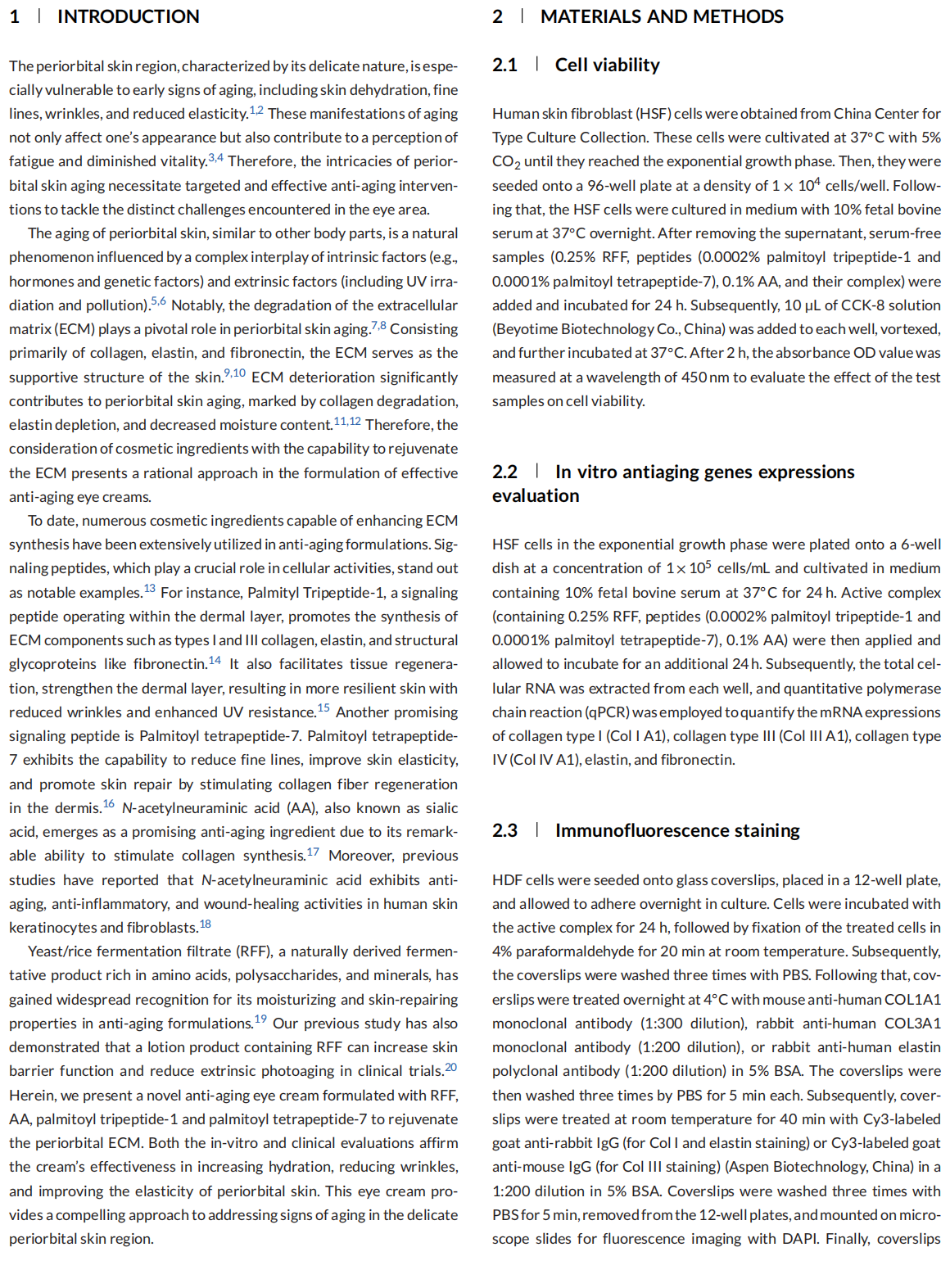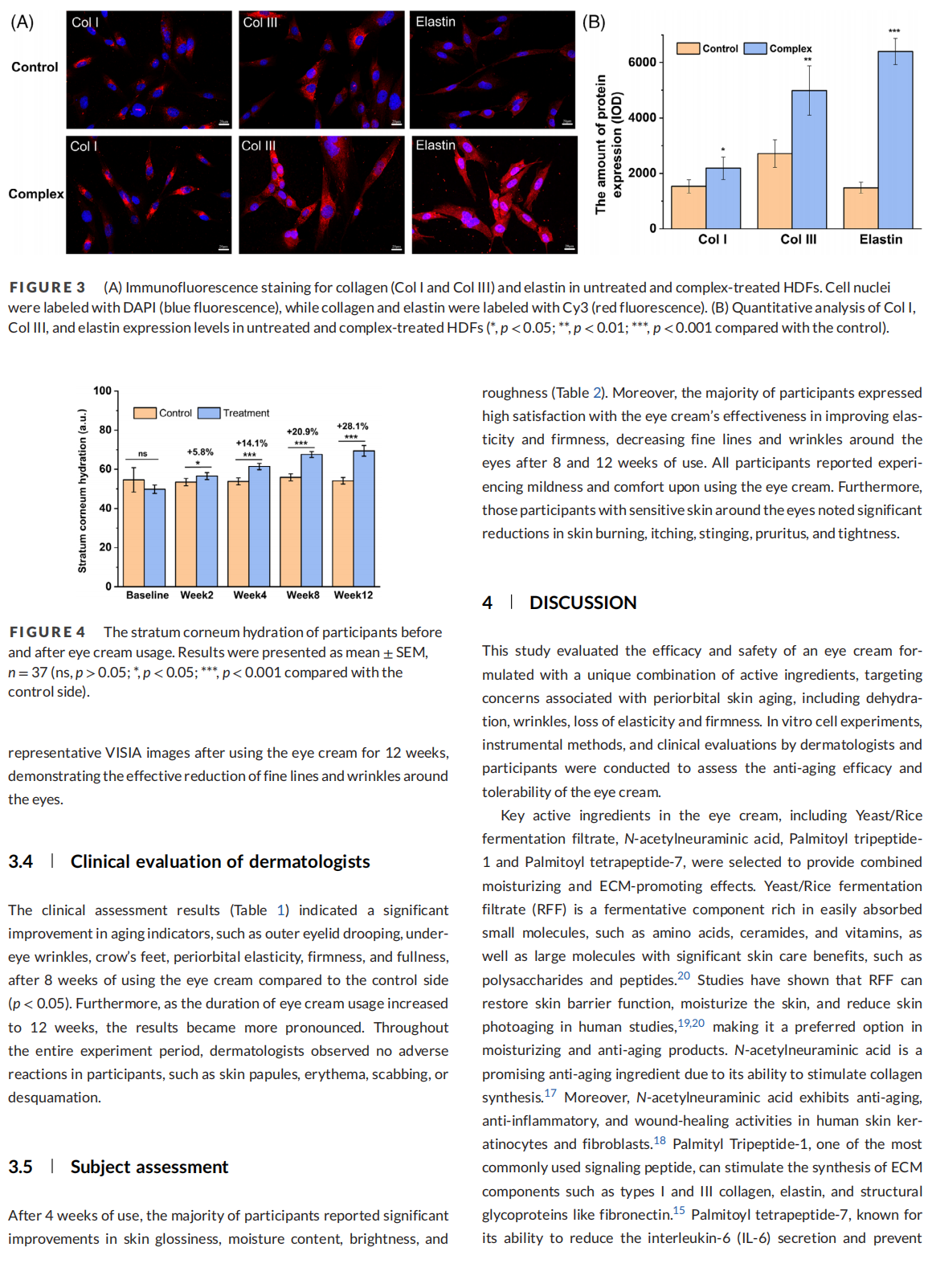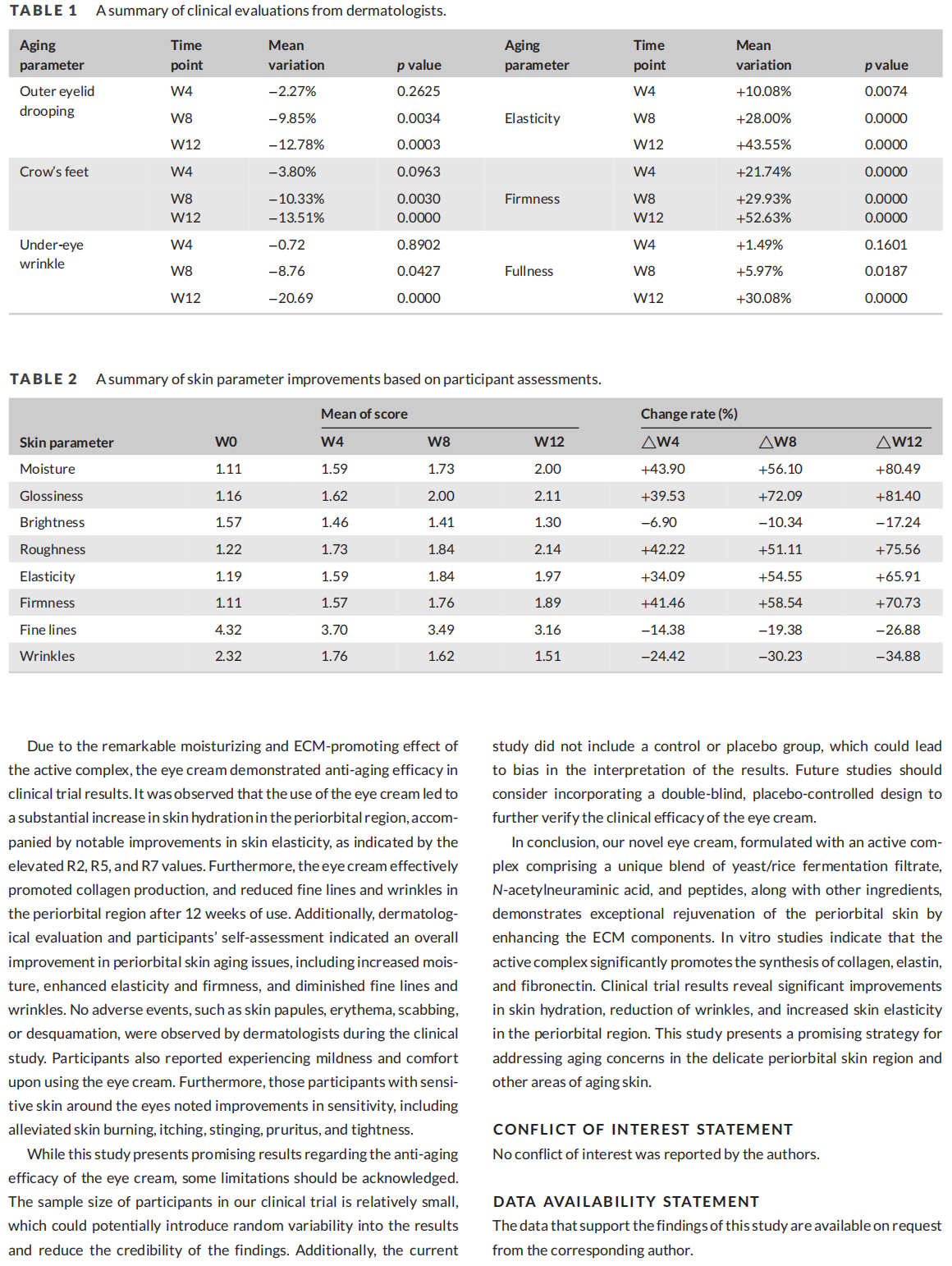






This article is excerpted from the Skin Res Technol. 2024;30:e13790 by Wound World.
Fan Yang1 Xinyuan Zhang2 Hua Wang1 Miao Guo1 Jinlong Zhang1 Xuejiao Feng3 Jiayi Yu3 Jiahui Yang3 Jinjin Zhu4 Yiyu Wang3
1 Research & Development Center, Mageline Biology Tech Co., Ltd, Wuhan, Hubei, China
2 Shanghai Skinshield Clinical Testing and Technological Research Ltd., Shanghai, China
3 Department of Dermatology, Air Force Medical Center, PLA, Beijing, China
4 Department of Dermatology, Union Hospital, Tongji Medical College, Huazhong University of Science and Technology (HUST), Wuhan, China
Correspondence
Jinjin Zhu, Department of Dermatology, Union Hospital, Tongji Medical College, Huazhong University of Science and Technology (HUST), Wuhan, 430022, China.
Email: 该Email地址已收到反垃圾邮件插件保护。要显示它您需要在浏览器中启用JavaScript。
Yiyu Wang, Department of Dermatology, Air Force Medical Center, PLA, Beijing, China.
Email: 该Email地址已收到反垃圾邮件插件保护。要显示它您需要在浏览器中启用JavaScript。
This is an open access article under the terms of the Creative Commons Attribution-NonCommercial-NoDerivs License, which permits use and distribution in any medium, provided the original work is properly cited, the use is non-commercial and no modifications or adaptations are made.
© 2024 The Author(s). Skin Research and Technology published by John Wiley & Sons Ltd.
Abstract
Background: The delicate periorbital region is susceptible to skin dehydration, wrinkles, and loss of elasticity. Thus, targeted and effective anti-aging interventions are necessary for the periorbital area.
Aim: To evaluate the efficacy and safety of a new anti-aging eye cream formulated with the active complex (Yeast/rice fermentation filtrate, N-acetylneuraminic acid, palmityl tripeptide-1, and palmitoyl tetrapeptide-7).
Methods: The cell viability and expressions of key extracellular matrix (ECM) components of the active complex were evaluated using a human skin fibroblast model. In the 12-week clinical trial, skin hydration, elasticity, facial photographs, and collagen density following eye cream application were assessed using Corneometer, Cutometer, VISIA, and ultrasound device, respectively. Dermatologists and participants evaluated clinical efficacy and safety at baseline, and after 4, 8, and 12 weeks.
Results: PCR and immunofluorescent analyses revealed that the active complex significantly stimulated fibroblast proliferation (p < 0.05) and markedly promote the synthesis of collagen and elastin. Clinical findings exhibited a substantial enhancement in skin hydration (28.12%), elasticity (18.81%), and collagen production (54.99%) following 12 weeks of eye cream application. Dermatological evaluations and participants’ assessments reported a significant improvement in skin moisture, roughness, elasticity, as well as fine lines and wrinkles by week 8.
Conclusion: The new anti-aging eye cream, enriched with the active complex, demonstrates comprehensive rejuvenating effects, effectively addressing aging concerns in the periorbital area, coupled with a high safety profile.
KEYWORDS
anti-aging, collagen, elastin, extracellular matrix, eye cream, wrinkle







This article is excerpted from the Skin Res Technol. 2024;30:e13790 by Wound World.
